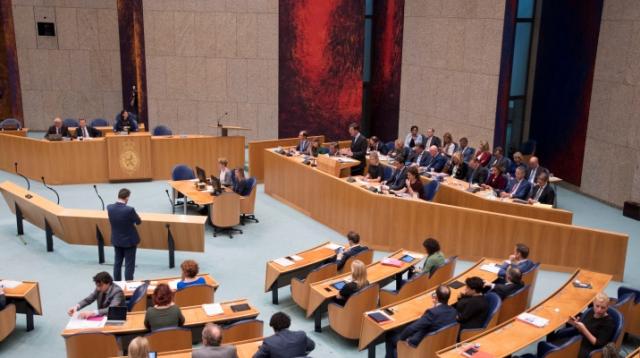Elections and the formation of a Cabinet
The Netherlands is a parliamentary democracy. On behalf of the Dutch people, Parliament scrutinises the Dutch government and makes laws in cooperation with the government. The Parliament of the Netherlands is called the States General and is bicameral, i.e. it consists of two chambers: the House of Representatives (Tweede Kamer der Staten-Generaal in Dutch) and the Senate (Eerste Kamer der Staten-Generaal). General elections for the House of Representatives are held at least every four years.
After the elections to the House of Representatives, the leaders of the political groups negotiate which parties are to form a coalition government for the next four years. Once this has become clear, the formateur selects the candidates for the post of minister or state secretary in the new Cabinet.
Standing for election
Any person wishing to represent the people of the Netherlands in the House of Representatives has to stand for election. People can join a political party or set up a...

Campaigning
Shortly before the elections, political parties present their plans in their party manifestos. Politicians take to the streets to discuss their goals with the citizens. Throughout the election campaign they...
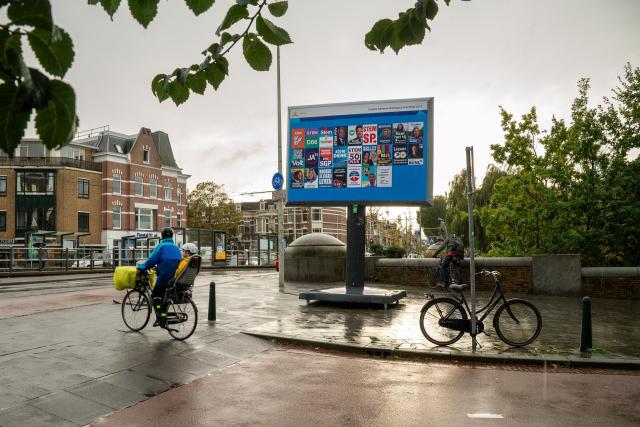
Voting
On polling day, all Dutch nationals aged 18 or over can vote for a candidate on the candidate list. By casting their vote, people make known which party they want...
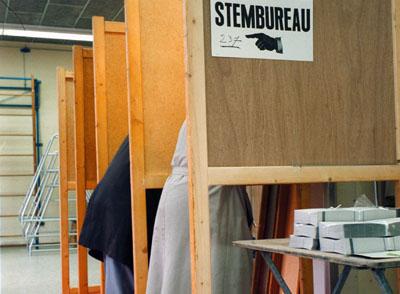
Election result
The votes are counted after the closure of the polling stations at 9 pm. The Central Electoral Office in The Hague gathers all the local polling results, adds them up...
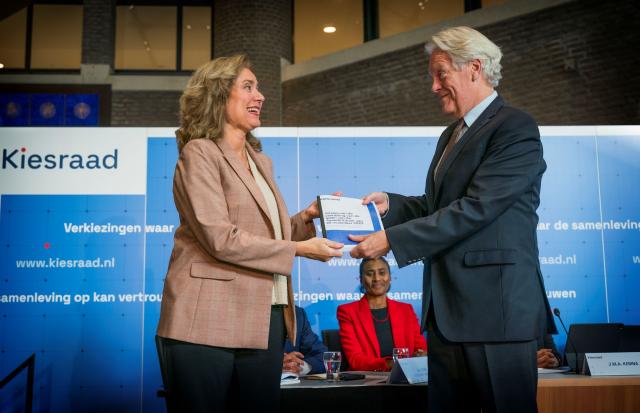
New members of the House of Representatives
After the elections, the chairperson of the Central Electoral Office officially notifies the newly elected members of the House of Representatives of their appointment. Subsequently, they must make known if...

The formation process
The election of a new House of Representatives is followed by the formation of a new Cabinet, which is a complex and exciting process.
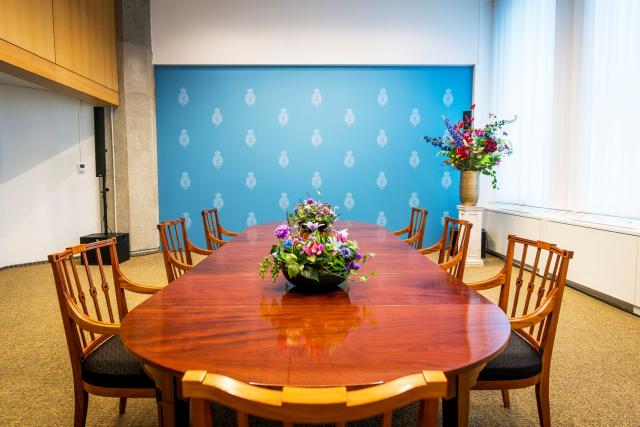
Tasks of the informateur
It is the informateur’s task to explore the various options for a new cabinet. They examine which parties are able and ready to form a new cabinet and any obstacles...
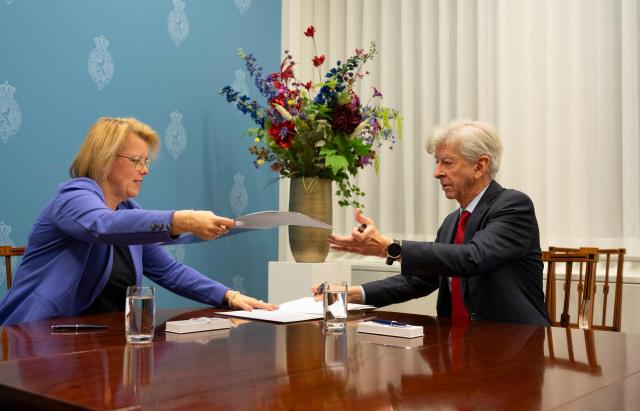
Duties of the formateur
The formateur is the individual who is likely to become the new prime minister. He or she concludes the formation talks.
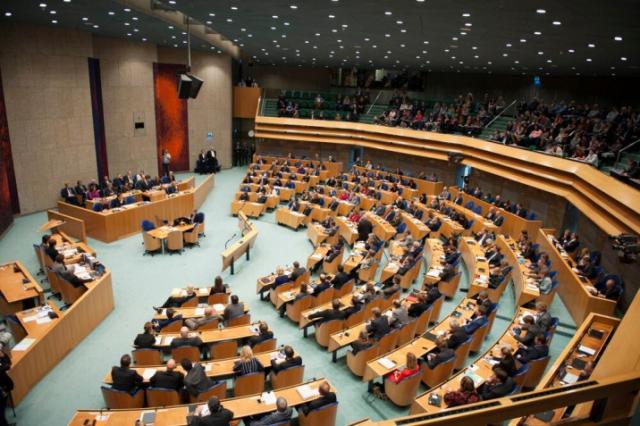
Coalition agreement
The government sets out in the coalition agreement what it wants to achieve in the next cabinet period: for instance a reduction in unemployment, a cleaner environment without damaging the...
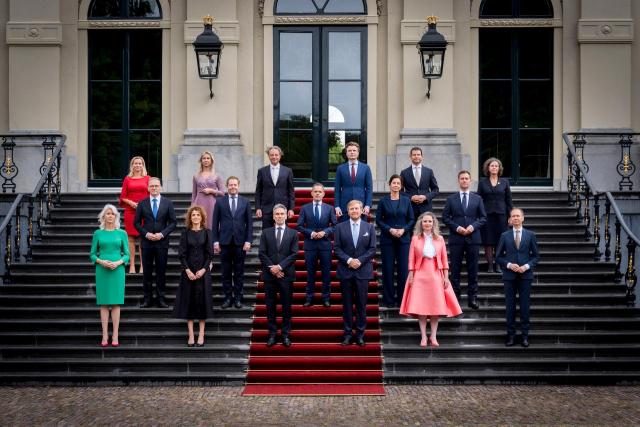
The new cabinet
At the inauguration ceremony of a new cabinet the King first appoints and swears in the ministers. This is followed by the traditional photograph of the Head of State and...

The government's policy statement
The new cabinet first draws up the government's policy statement, stating the most important facets of the coalition agreement. The prime minister delivers the government's policy statement in the House...
